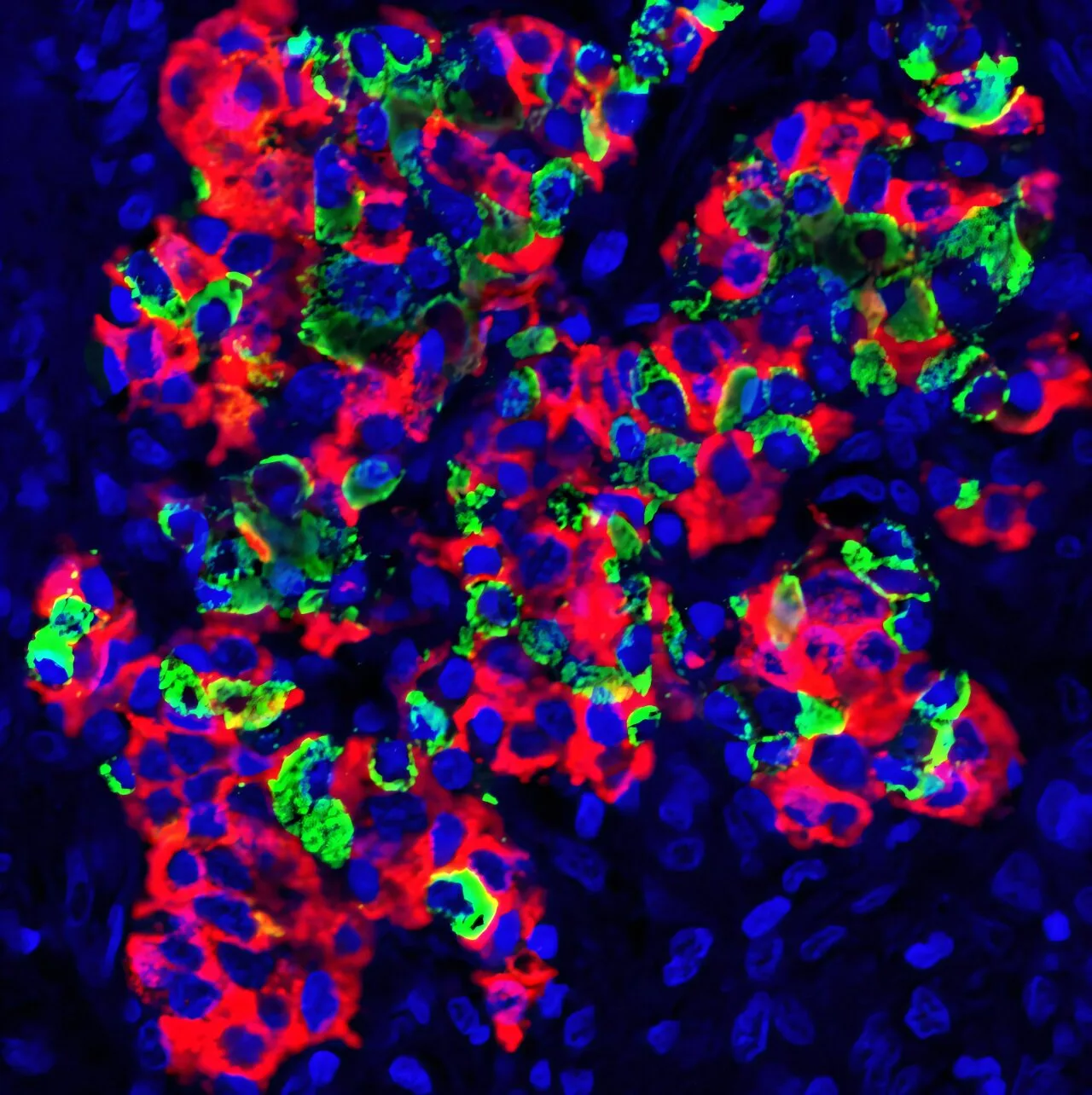Spleen Reimagined: A New Hope for Diabetes Treatment
Scientists at Wenzhou Medical University are exploring a revolutionary approach to diabetes treatment. Their innovative research focuses on transforming the spleen into a suitable location for islet transplantation. This breakthrough could potentially offer long-term diabetes management without the need for complete immunosuppression.
Nanoparticle Technology and Spleen Remodeling
The core of this research lies in the use of nanoparticle technology to remodel the spleen. This remodeling process creates an environment conducive to the survival and function of transplanted islets.
Successful Transplantation Outcomes
- The researchers successfully transplanted islets from mice, rats, and even humans.
- These transplanted islets were able to restore normal blood sugar levels in diabetic rodents.
- The success extended to larger animals, with positive outcomes observed in diabetic cynomolgus macaques.
Implications for Diabetes Patients
This pioneering research holds immense promise for individuals living with diabetes. By utilizing the spleen as a transplantation site and employing nanoparticle-driven remodeling, the need for extensive immunosuppression may be significantly reduced or even eliminated. This could lead to a better quality of life and fewer complications for those undergoing islet transplantation.
Final Overview
The Wenzhou Medical University’s study presents a compelling new direction in diabetes research. The reimagining of the spleen as a viable transplantation site, coupled with the innovative use of nanoparticle technology, offers a beacon of hope for more effective and less burdensome diabetes treatments in the future.




+ There are no comments
Add yours